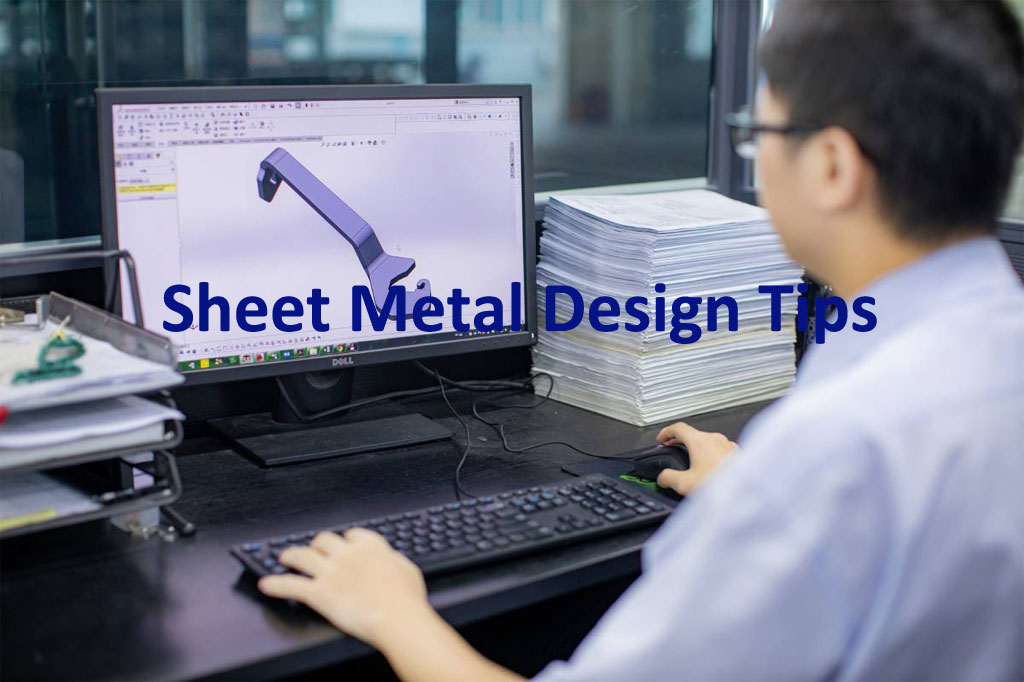Designing sheet metal parts requires careful attention to detail and an understanding of the fabrication process. Whether you’re working on a simple bracket or a complex chassis for a product, how you design the part directly impacts the ease of manufacturing, cost-efficiency, and overall quality of the final piece.
Here are some key sheet metal design tips that can help ensure smoother fabrication and better results.
1. Understand the Material
Every sheet metal material (steel, aluminum, copper, etc.) has its own unique properties. Before starting your design, it’s crucial to choose the right material based on your application requirements, such as strength, weight, corrosion resistance, and thermal conductivity.
Different materials also behave differently during processes like bending, welding, and stamping. For example, aluminum is more malleable than steel, so it requires different design considerations.
2. Design for the Correct Thickness
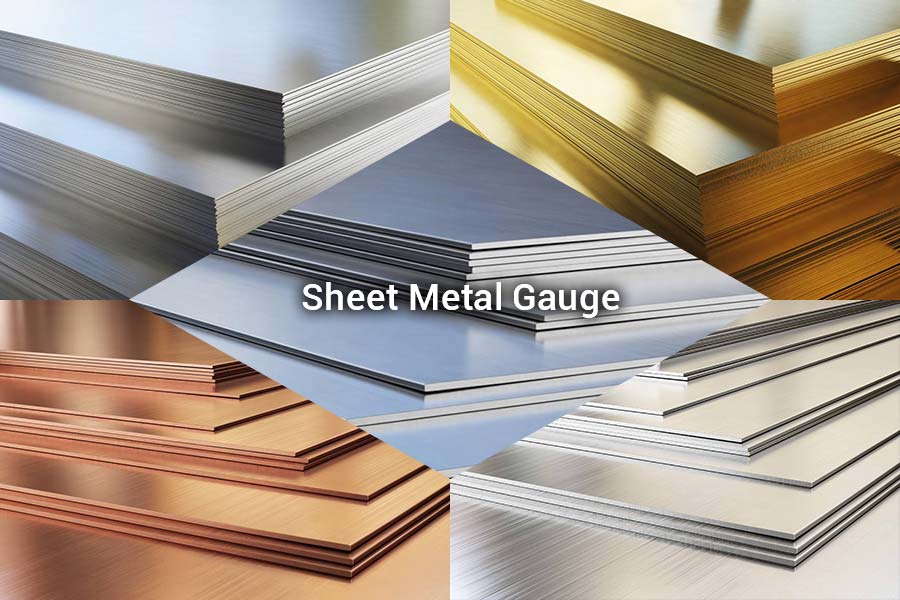
Sheet metal comes in a wide variety of thicknesses, often denoted in gauges. Material thickness plays a crucial role in the design process. A thinner material will be easier to bend but may not be strong enough for the intended application.
Conversely, a thicker material may be more durable but will require more effort and time to process. Designing with the correct material thickness for your specific requirements will reduce manufacturing challenges and material wastage.
3. Bend Radii and Edge Features
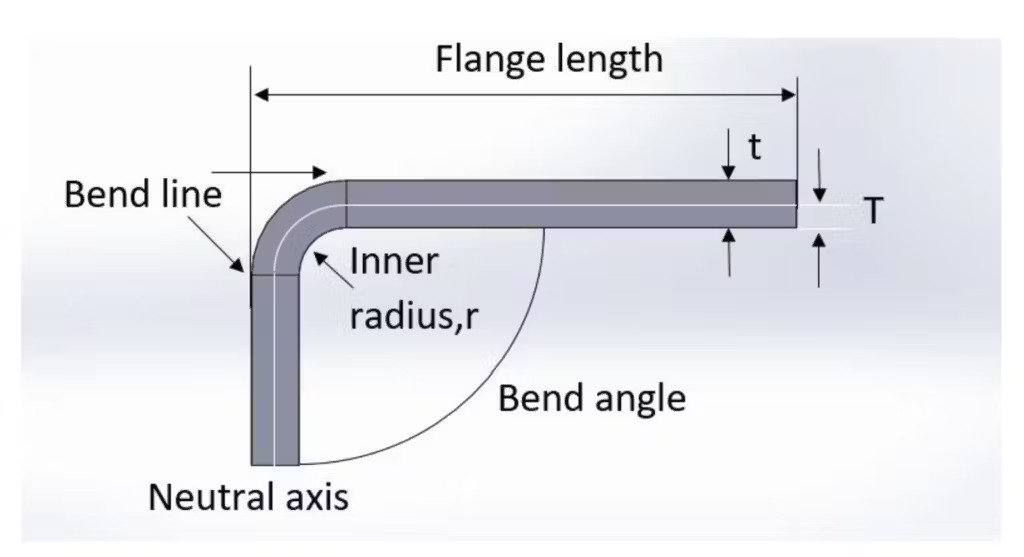
Bending is widely used in sheet metal fabrication. To ensure parts bend correctly and avoid issues like cracks, it’s important to maintain proper bend radii. Too small a bend radius can lead to material failure, while too large a bend radius might result in less precision or strength.
As a general rule, the bend radius should be at least equal to the material thickness. Additionally, consider designing edge features like chamfers or rounded edges to facilitate cleaner bends and finishes.
4. Minimize the Number of Bends
While bends are often necessary, every bend adds complexity and cost to the fabrication process. To optimize the design, it’s advisable to minimize the number of bends whenever possible.
Streamlining the design by reducing unnecessary bends not only saves time and material but also reduces the risk of errors during manufacturing. A clean, simple design with fewer bends will result in faster lead times and lower costs.
5. Consider Manufacturing Limitations
Understanding the limits of sheet metal fabrication processes is crucial for efficient design. Processes such as laser cutting, punching, and bending each have their own limitations regarding material thickness, cutting accuracy, and bending radius.
For example, sharp internal corners may be difficult or impossible to achieve using traditional laser cutting, so design accordingly with larger radii to avoid complications. Always work closely with your manufacturer to understand their capabilities and limitations before finalizing your design.
6. Plan for Hole Placement and Size
When designing holes for sheet metal parts, it’s important to plan their placement and size carefully. Holes should be placed in areas that avoid weakening the part, such as the edges or corners. They should also be large enough to fit the necessary components or fasteners but not too large to compromise the part’s strength.
Additionally, designing holes with even spacing can improve both aesthetics and ease of manufacturing.
7. Allow for Tolerances
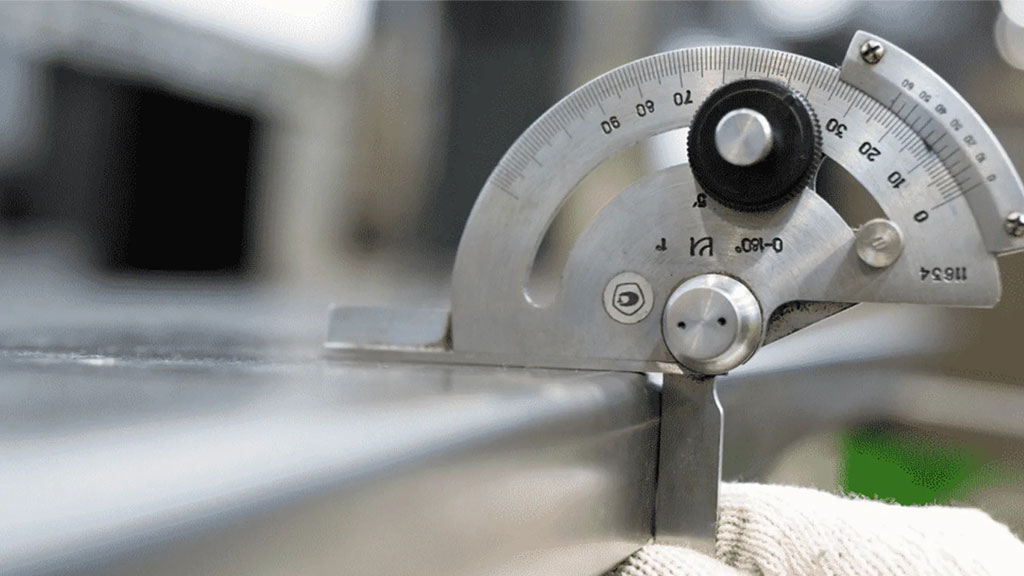
Tolerances define the allowable limits for dimensions and are an essential aspect of sheet metal design. Tight tolerances might be necessary for some applications, but in many cases, they can add unnecessary complexity and cost to the fabrication process.
It’s important to define tolerances that meet functional requirements without making the manufacturing process more difficult or expensive than it needs to be. Work with your fabricator to set tolerances that are both practical and cost-effective for your part.
8. Incorporate Forming Features
Forming features, such as embosses, ribs, and flanges, can add strength and functionality to your sheet metal parts. These techniques can also eliminate the need for extra fasteners or assembly steps. For example, adding a flange to a part can improve its rigidity and help with alignment.
However, these features should be designed carefully to avoid material distortion or complications during the fabrication process.
9. Design for Assembly (DFA)
When designing a sheet metal part that will be assembled with other parts, it’s essential to consider how the parts will be joined. Consider features like tabs, slots, and interlocking components that can simplify assembly and reduce the need for extra fasteners or welding.
A carefully considered design can simplify assembly, reduce labor costs, and minimize errors.
10. Use Proper Sheet Metal Joints
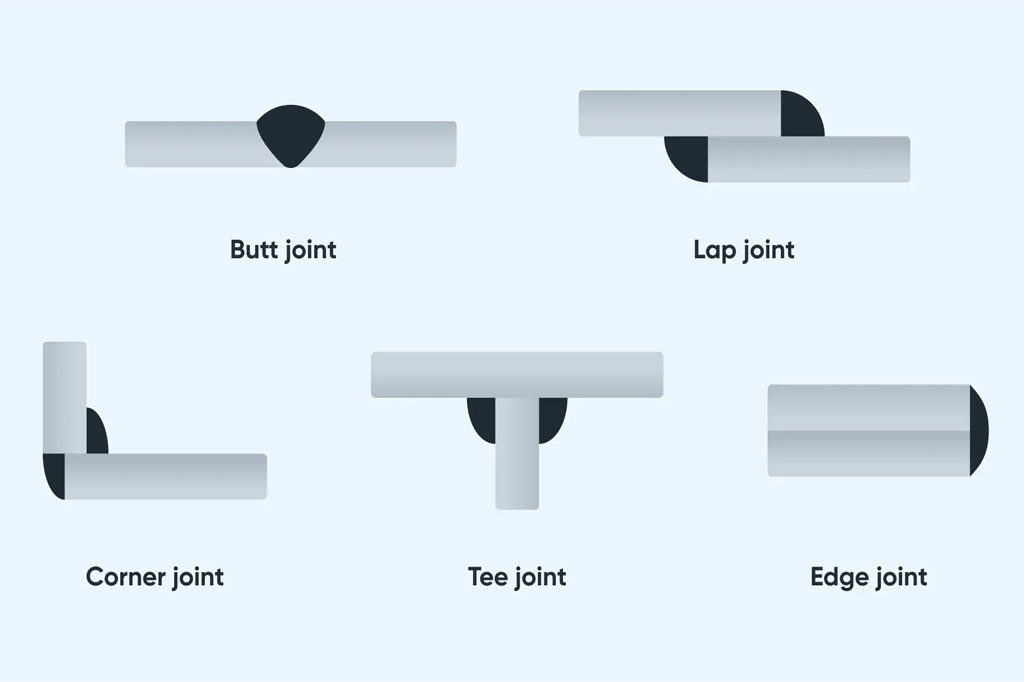
When designing for welding or fastening, choosing the right type of joint is essential for ensuring the strength and durability of the part. Common joint types include butt joints, corner joints, and lap joints, each with different strength characteristics.
Additionally, when welding, ensure that the design provides sufficient space for the weld bead. Poorly designed joints can create weak spots in the part or complicate the assembly process.
11. Minimize Material Wastage
Using materials efficiently lowers costs and contributes positively to the environment. When designing, try to lay out parts on the sheet metal to minimize unused material. Nesting the parts efficiently, along with keeping the number of cuts to a minimum, will help save both time and money. You can design parts with interlocking features that reduce the need for extra material.
12. Think About Surface Finishes
Surface finishes can enhance the appearance and functionality of a sheet metal part. Whether aiming for a smooth, polished finish or a textured surface for better grip, it’s important to specify the finish early in the design stage.
Some finishes, such as powder coating or anodizing, may require additional steps or materials, so it’s important to factor these considerations into the overall design to avoid unexpected delays or costs.

